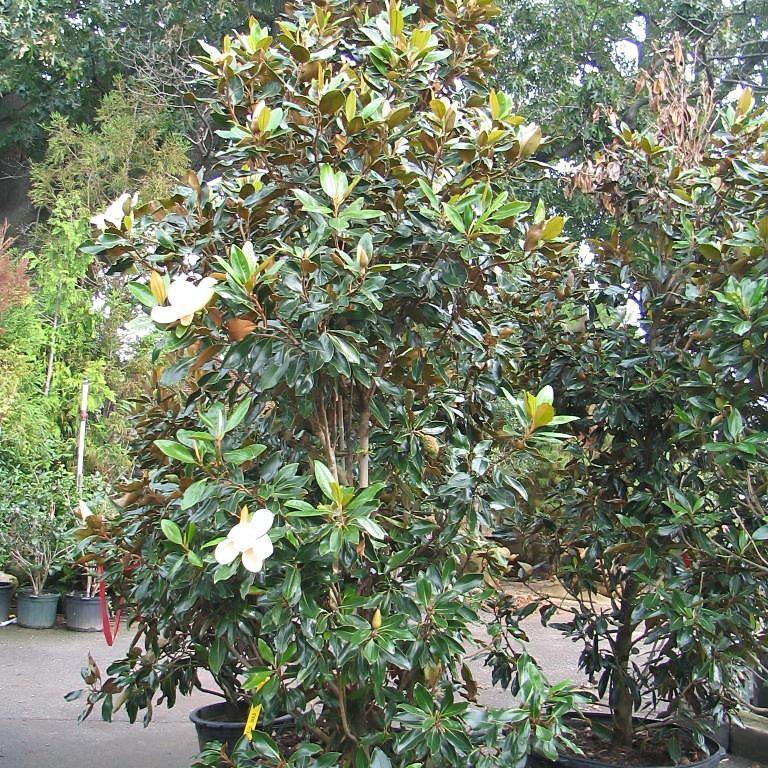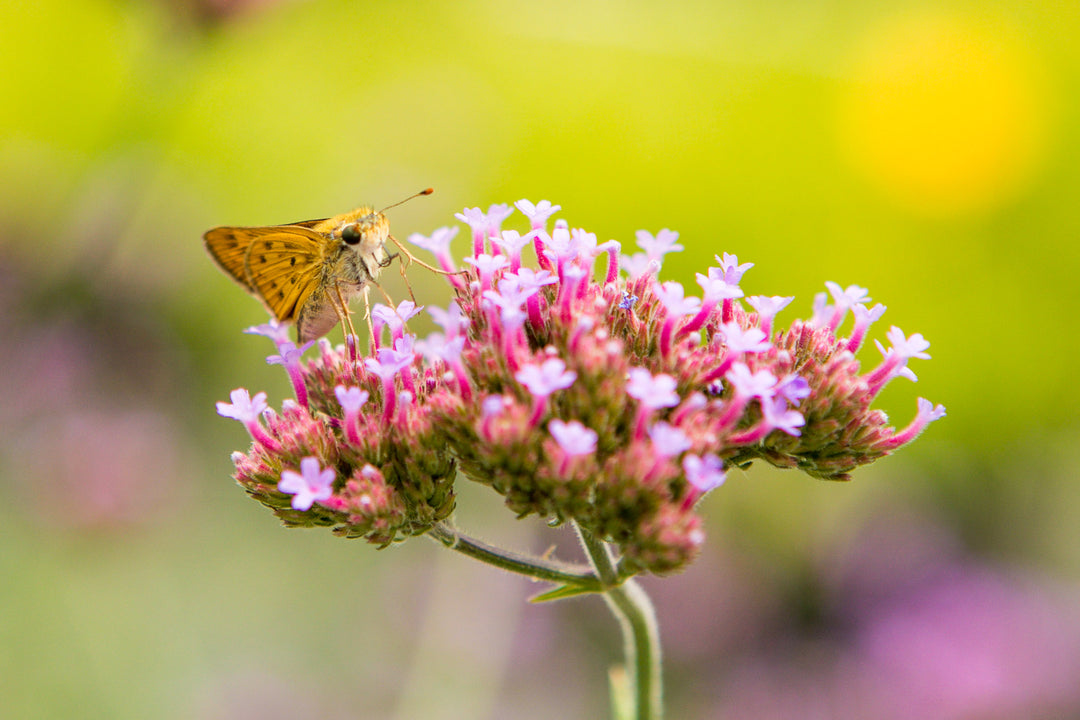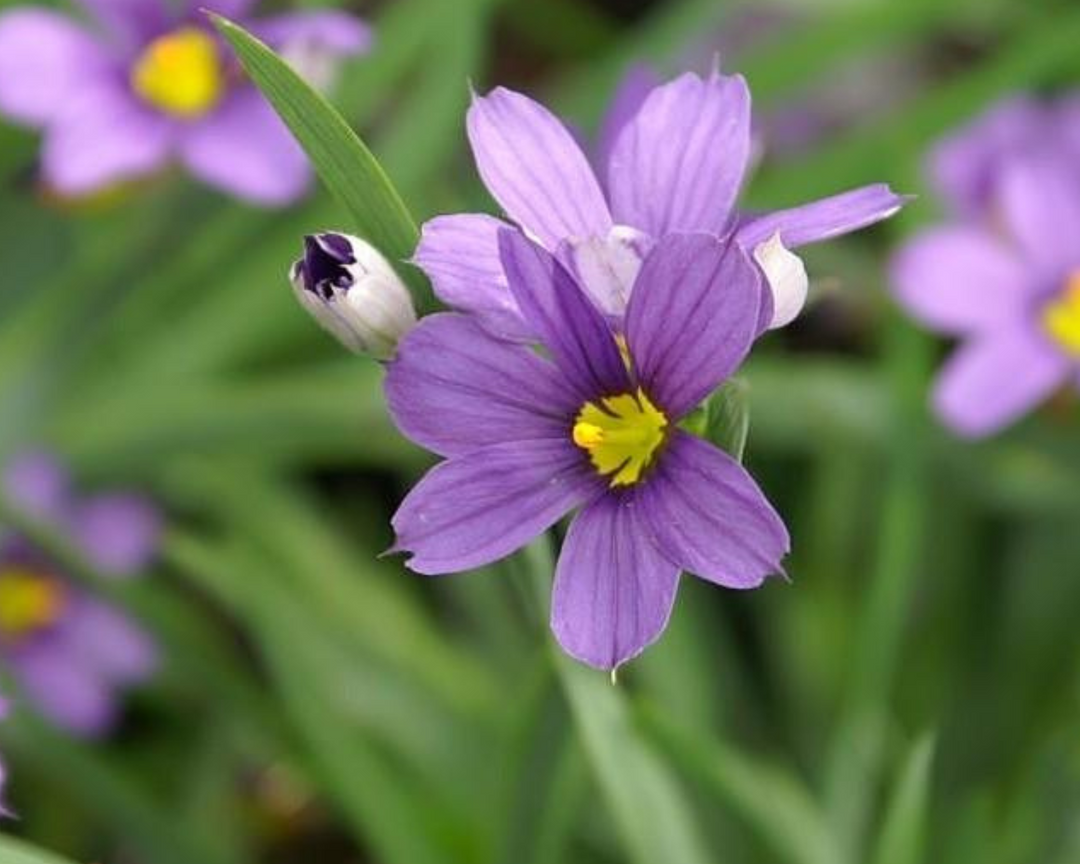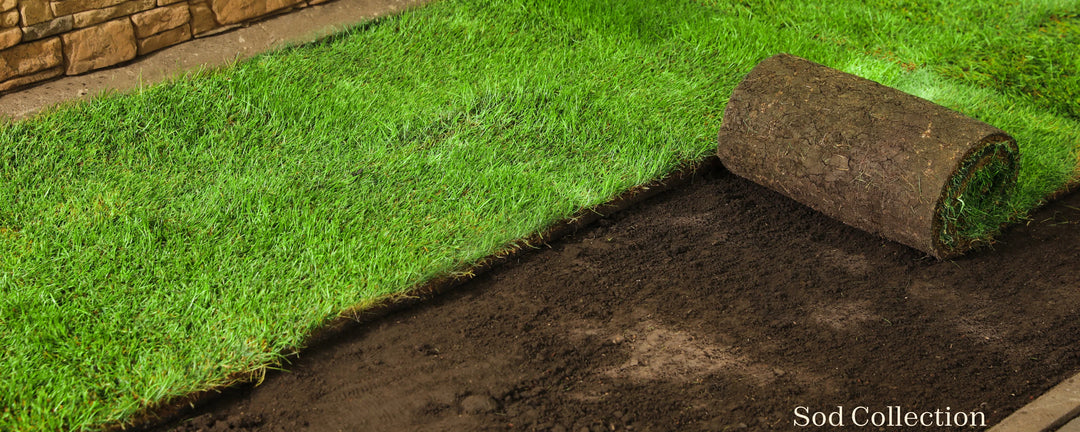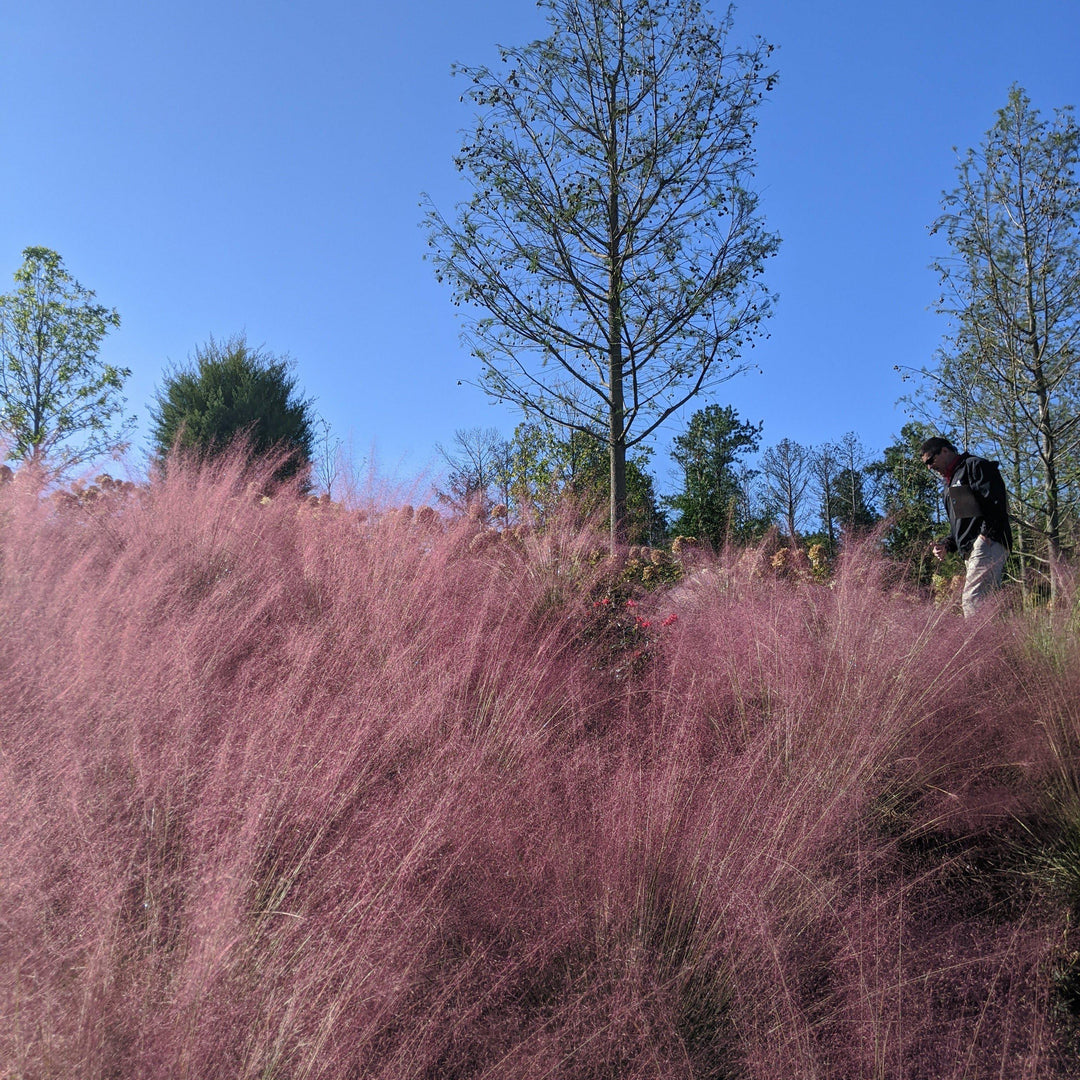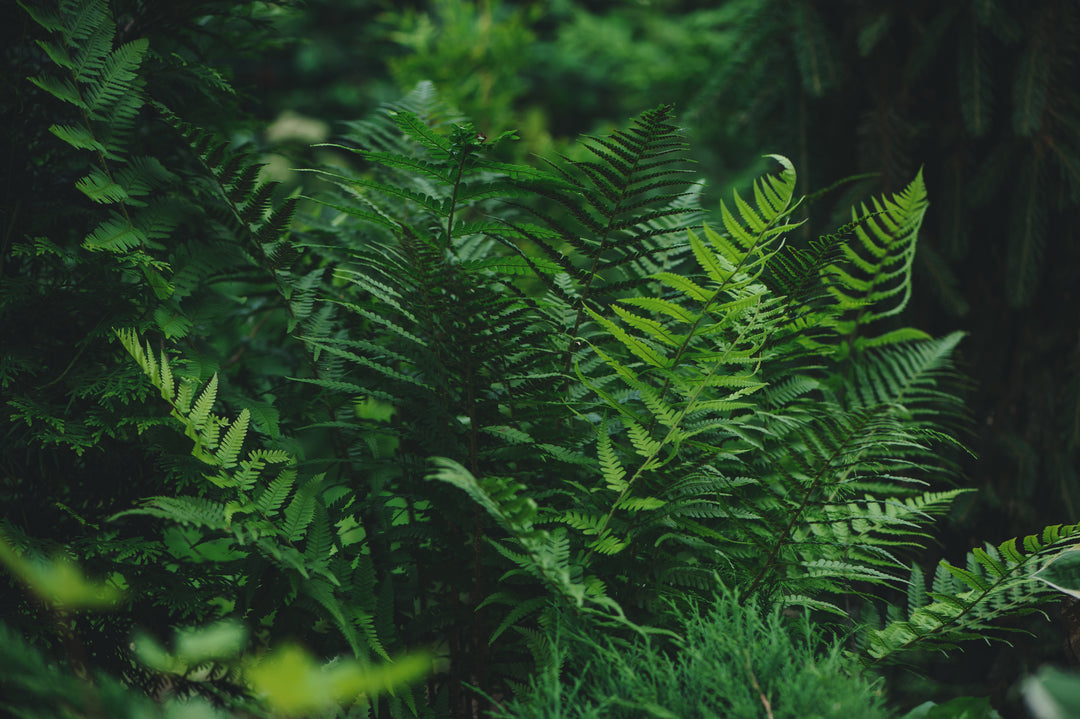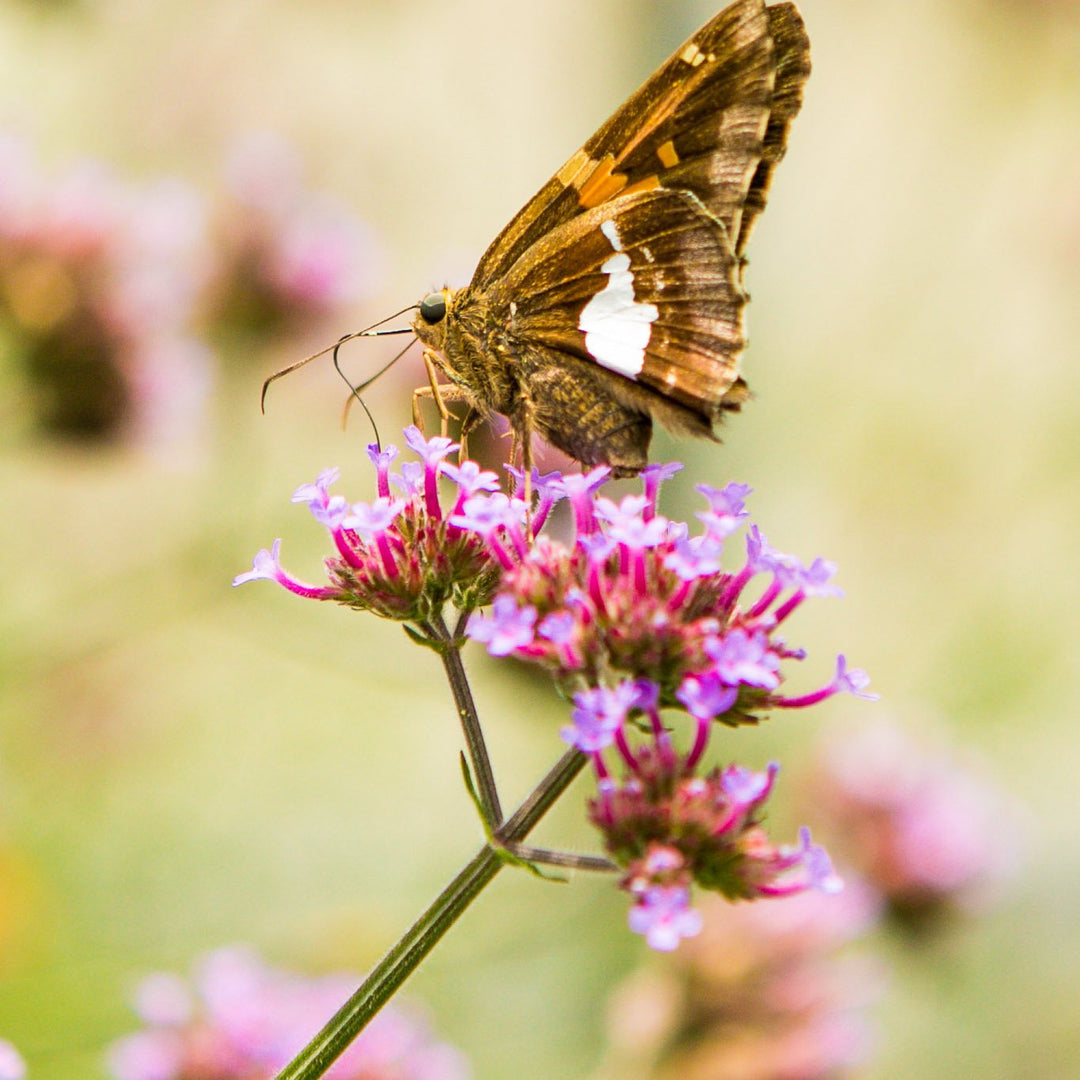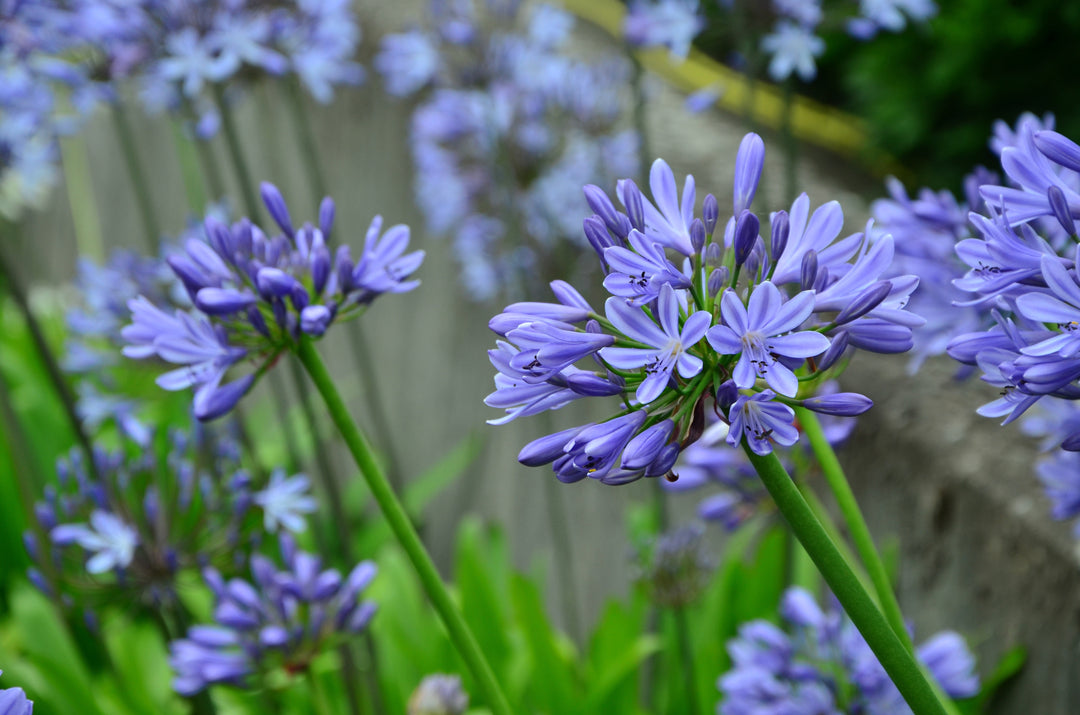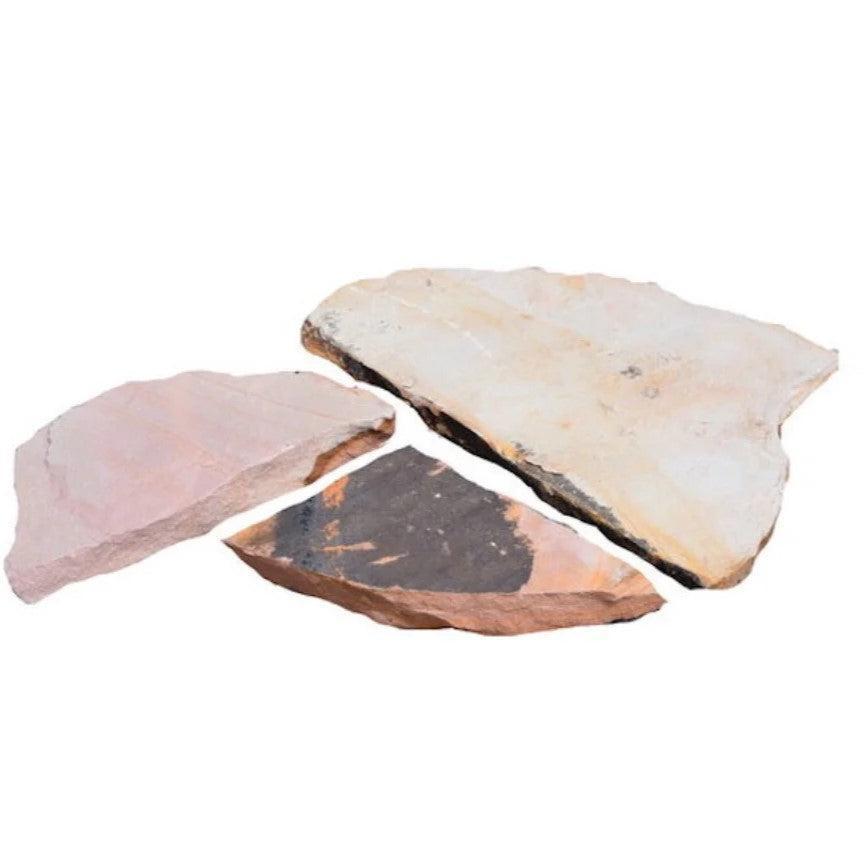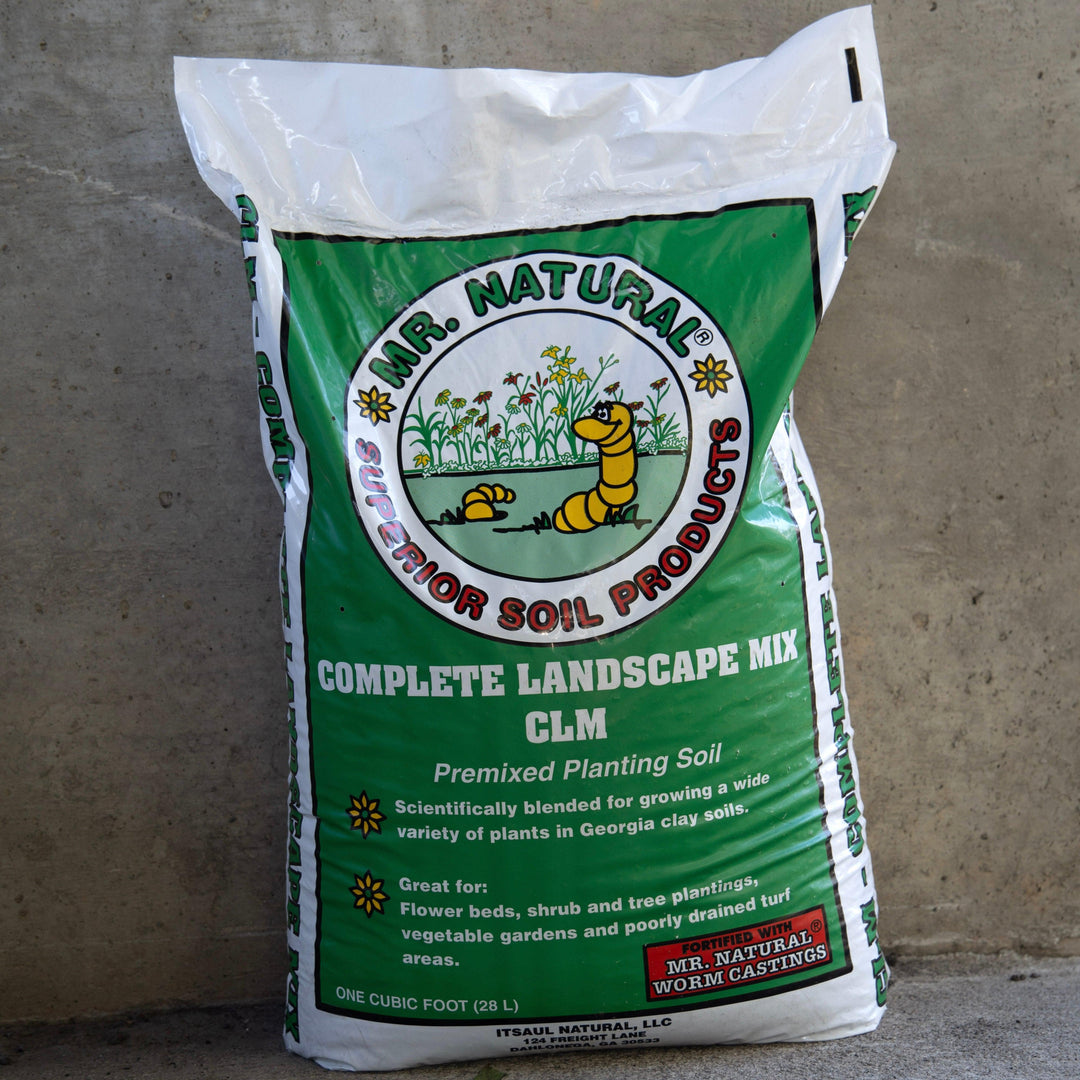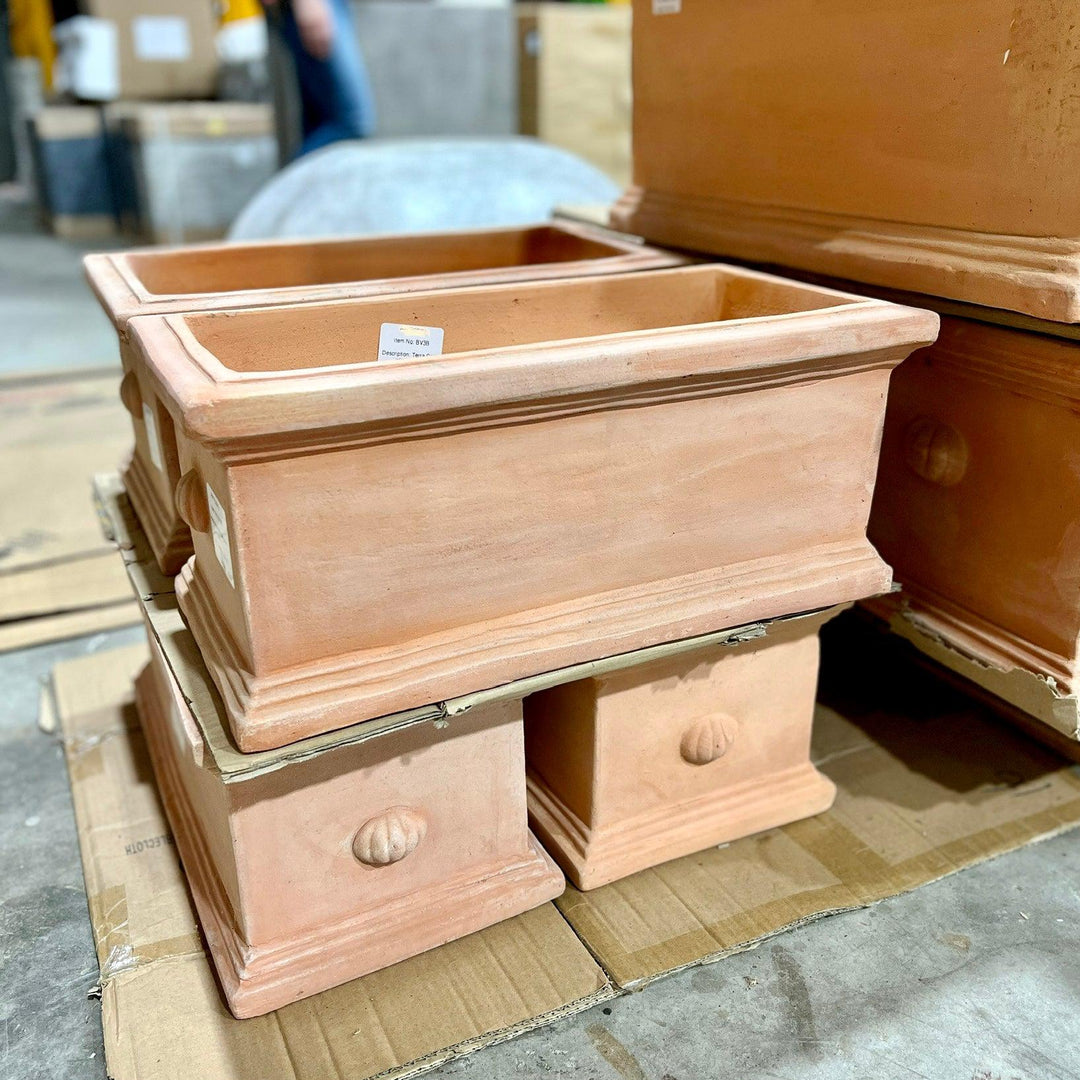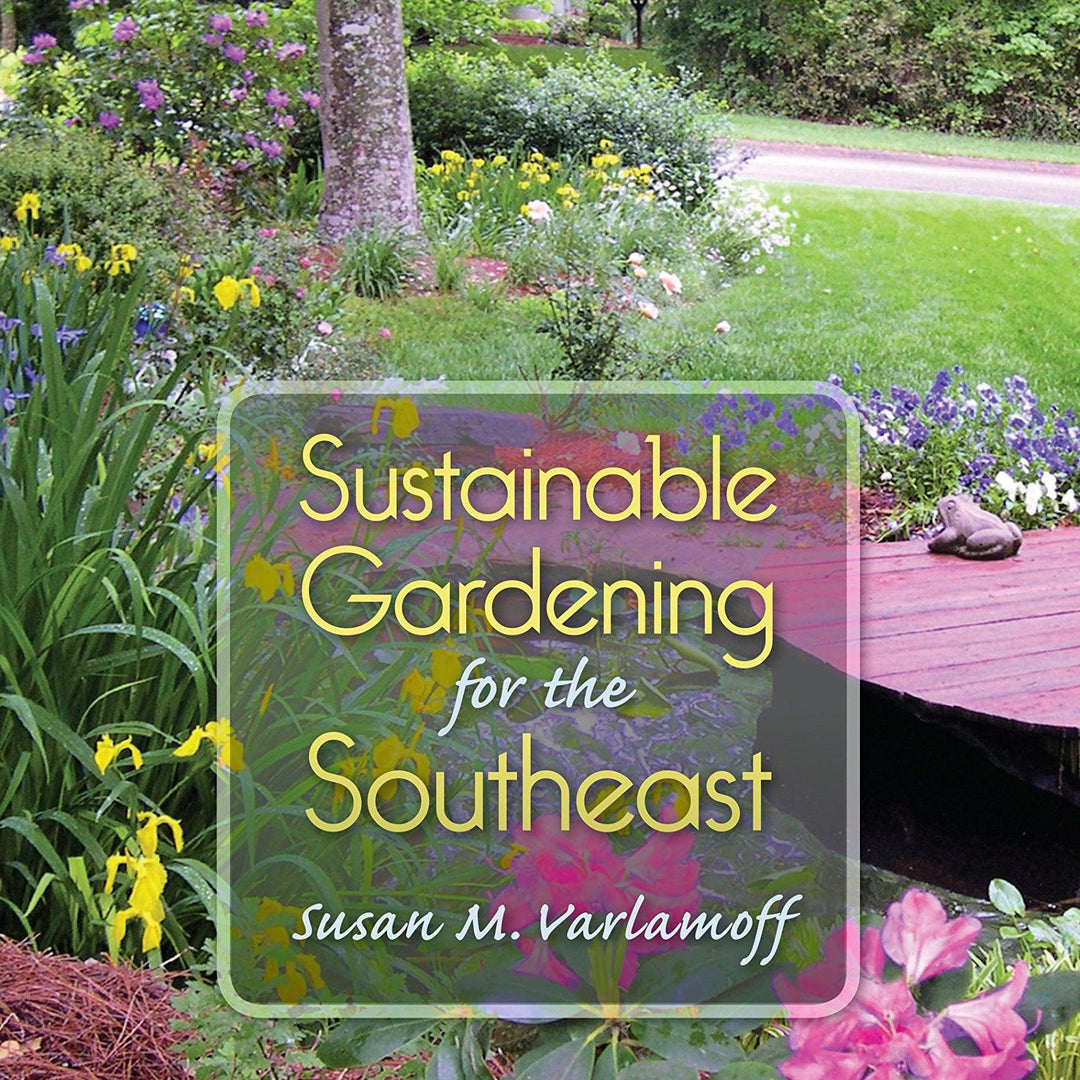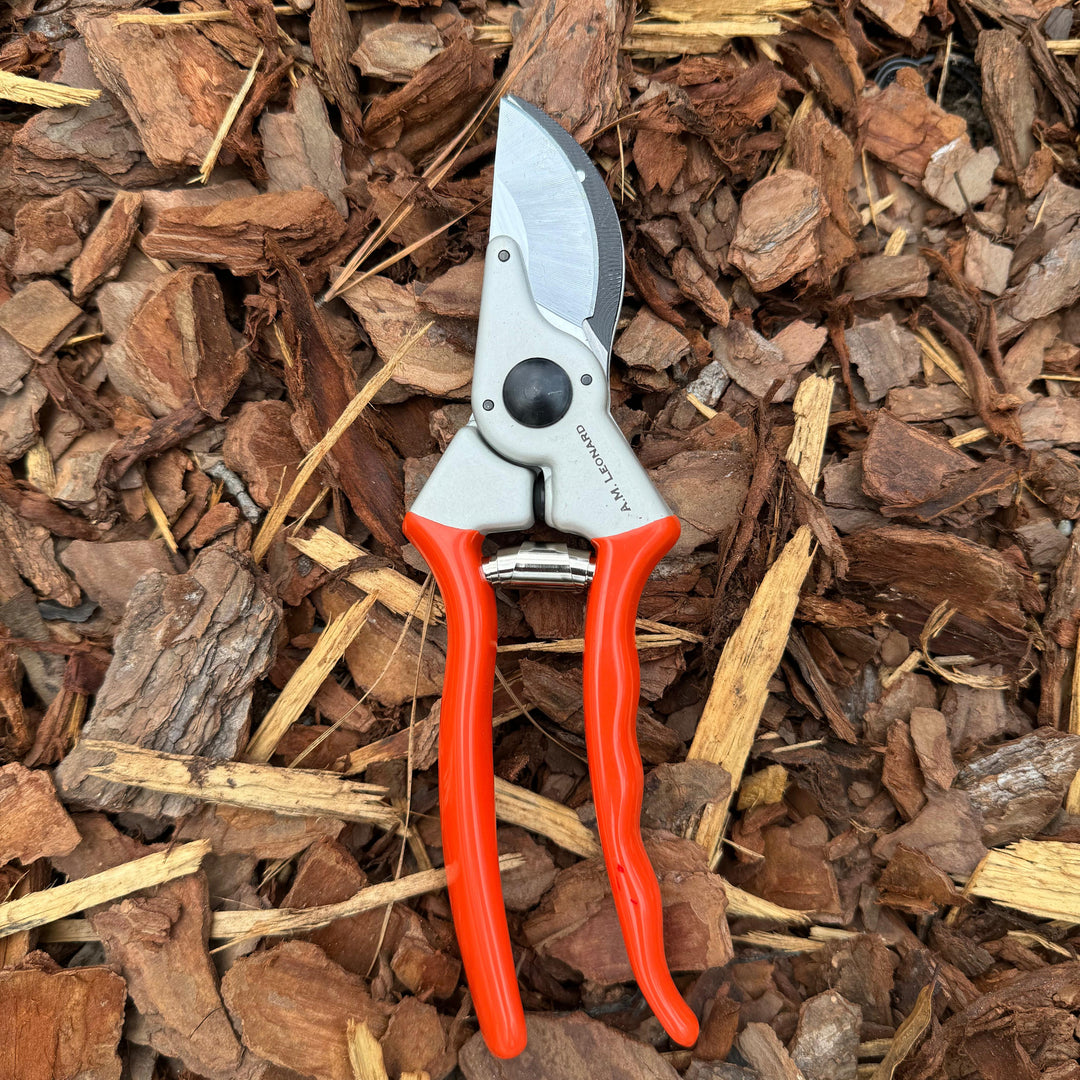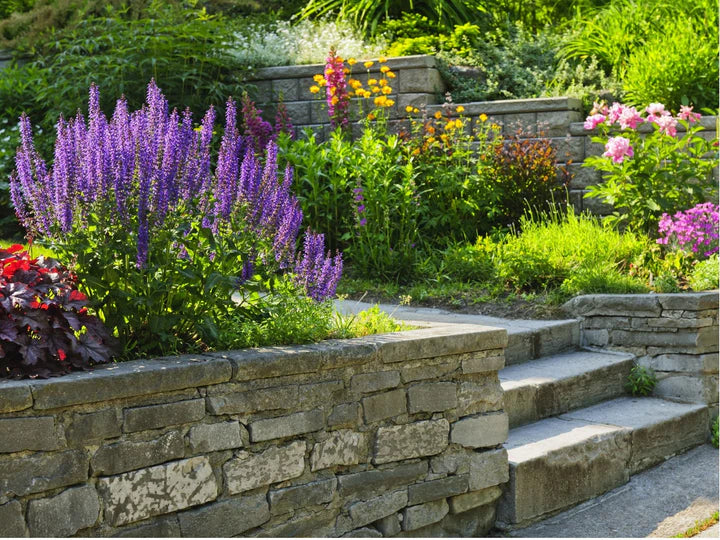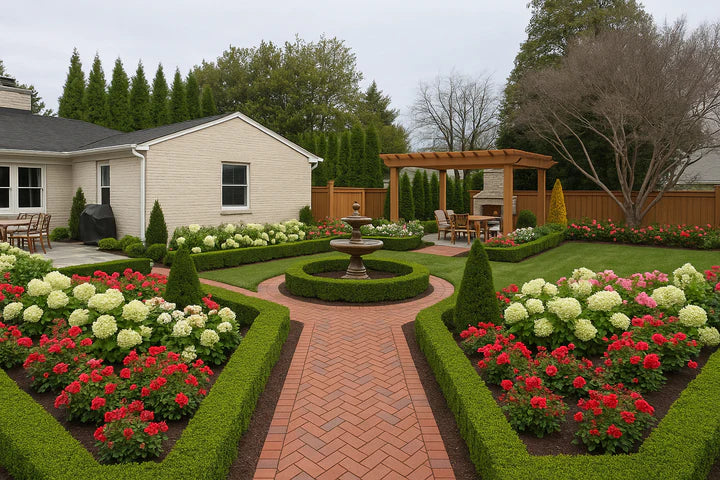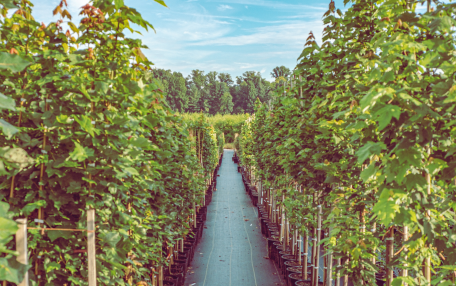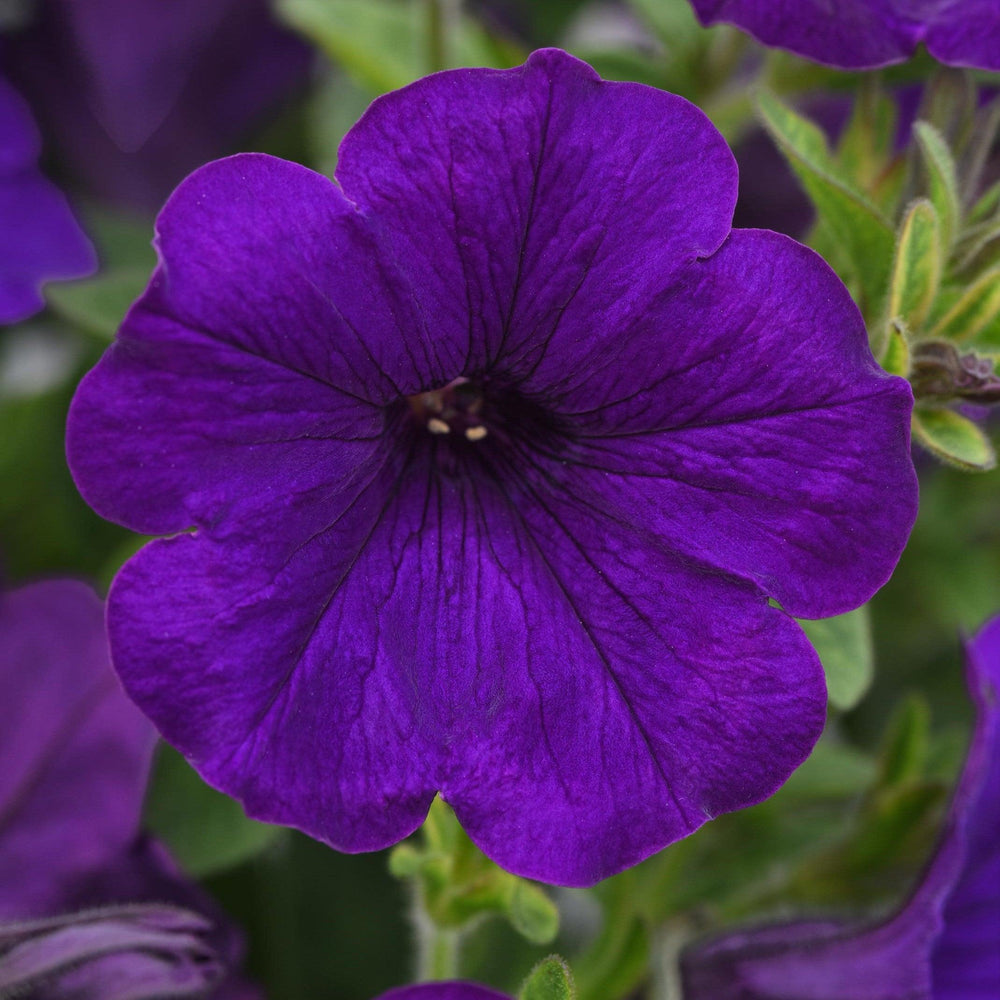Boxwoods Revealed: A Complete Guide to Growing, Shaping, and Showcasing the Versatile Buxus
Boxwoods, scientifically known as Buxus, have long been cherished for their timeless elegance and versatility in garden design. These evergreen shrubs are renowned for their tidy, compact growth and small, glossy leaves, making them ideal choices for hedges, topiaries, or as statement plants in both formal and informal gardens. With various species and cultivars to choose from, boxwoods offer endless opportunities for enhancing the structure and aesthetics of your outdoor spaces.

Comparing Common Boxwood Species and Groups:
Buxus sempervirens (Common Boxwood): The classic choice, Buxus sempervirens, features bright green, oval leaves and dense growth. It's well-suited for traditional hedges and topiary designs. Consider 'Suffruticosa' for a dwarf variety.
Buxus microphylla (Japanese Boxwood): These boxwoods have smaller leaves and a more compact growth habit. 'Winter Gem' is a popular cultivar, known for its vibrant green foliage and excellent cold tolerance.
Buxus sinica (Chinese Boxwood): Chinese boxwoods offer a slightly different appearance with narrow leaves and an upright growth habit. 'Green Mountain' is a well-liked cultivar in this category.
Buxus hybrid (Hybrid Boxwoods): Hybrid boxwoods combine the best traits of different species, resulting in improved disease resistance and adaptability. 'Green Velvet' is a favorite hybrid known for its rich green foliage and round shape.
Buxus harlandii (Harland Boxwood): Harland boxwoods have a unique upright growth pattern and bright green foliage. They are excellent for taller hedges and borders.
Buxus koreana (Korean Boxwood): Korean boxwoods are cold-hardy and known for their glossy, dark green leaves. 'Wintergreen' is a well-regarded Korean boxwood cultivar.

Popular Boxwood Cultivars:
- 'Winter Gem' (Japanese Boxwood): Renowned for its exceptional cold tolerance, 'Winter Gem' features small, bright green leaves that retain their vibrant color throughout the year. Its compact habit makes it an excellent choice for borders and foundation plantings.
- 'Green Mountain' (Chinese Boxwood): 'Green Mountain' boasts an upright growth habit and glossy green foliage. Its natural conical shape requires minimal pruning, making it a low-maintenance option for formal or informal hedges and topiaries.
- ‘Golden Dreams' (Hybrid Boxwood): 'Golden Dreams' captivates with its radiant, golden-hued foliage and a naturally compact shape. Its adaptability to a range of soil conditions and resilience against pests and diseases make it a golden choice for any garden style.
- 'Green Velvet' (Hybrid Boxwood): This hybrid cultivar combines the best traits of different boxwood species. 'Green Velvet' stands out with its rich, emerald-green leaves and round shape. Its adaptability and disease resistance make it a reliable choice for various garden styles.
- 'Wintergreen' (Korean Boxwood): 'Wintergreen' is a cold-hardy Korean boxwood known for its glossy, dark green leaves. Its compact growth and excellent tolerance to pruning make it suitable for formal hedges, borders, and foundation plantings.
- 'Green Beauty' (Hybrid Boxwood): 'Green Beauty' stands out with lush, vibrant foliage and a natural oval shape. Its adaptability to various soil conditions and resistance to pests and diseases make it a reliable choice for any garden style.

General Boxwood Care Guide:
- Light: Most boxwoods thrive in partial to full sun, although they can tolerate light shade. Ensure they receive adequate sunlight for healthy growth.
- Soil: Well-draining soil rich in organic matter is ideal for boxwoods. Amending the soil with compost enhances their performance.
- Watering: Keep the soil consistently moist, especially during dry spells, but avoid waterlogged conditions.
- Mulching: Apply a layer of mulch to conserve moisture, regulate soil temperature, and suppress weeds.
- Fertilizing: Feed boxwoods with a balanced, slow-release fertilizer in early spring and late summer to promote lush foliage.
- Pruning: Regular pruning helps maintain the desired shape and size of boxwoods. Perform pruning in late winter or early spring.
- Pest and Disease Control: Watch for common issues like boxwood blight and aphids. Promptly address any pest or disease problems.
Boxwoods are renowned for their timeless appeal and adaptability to various garden styles. Whether you seek formal symmetry or casual charm, there's a boxwood variety to suit your needs. With proper care and selection, these evergreens can become the backbone of your garden's design, providing structure and year-round greenery.

